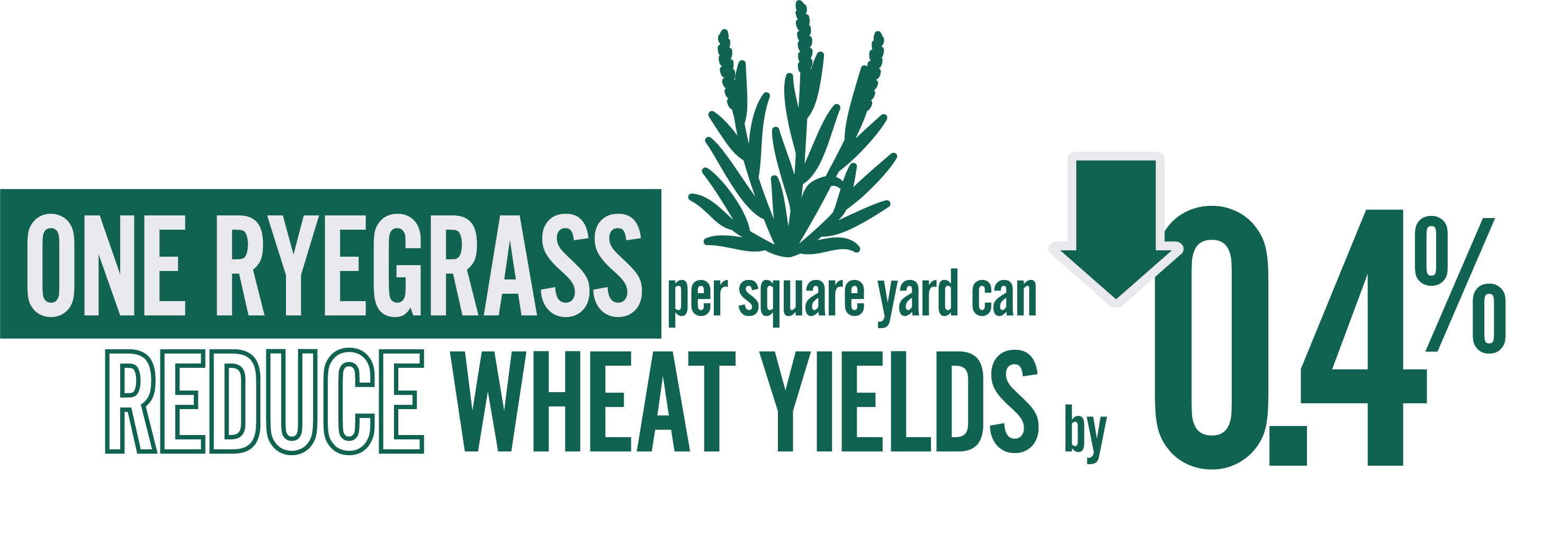Wheat Weed Solutions: Midwest/Eastern Region
Weather continues to be one of the biggest hurdles to managing weeds effectively for Midwestern and Eastern U.S. wheat growers. Springtime, usually prime time for herbicide programs, is growing especially challenging as fluctuating temperatures and inconsistent rains have made fields too wet to apply herbicides.
These conditions are putting growers in a bind. They must decide which risk they are prepared to take on. And with high weed populations, wheat growers are experiencing a true dilemma.
But there are strategies and tools that can be implemented as part of a larger weed management plan to overcome environmental conditions. The costliest weeds found in wheat fields require building a plan based on intricate weed management practices and a strong herbicide regimen to help protect yields and fields’ long-term viability.
Help keep your wheat fields clean of the following key weeds this season and beyond.
Chickweed

- Common chickweed seed is persistent. It can take 3 years to reduce the seedbank by 50% and about 18 years to deplete the seedbank by 99%.
- Chickweed can release water-soluble biochemicals that interfere with wheat seedling growth.
Wild Garlic

- Wild garlic spreads by underground bulbs and can remain dormant in the soil for up to 6 years.
- Wild garlic contamination causes significant dockage at market.
Italian Ryegrass

- One Italian ryegrass plant per square yard can reduce wheat yields by 0.4%.
- Italian ryegrass competes with wheat by utilizing all the available phosphorus through its root system.
Henbit
- Henbit plants can produce up to 200 seeds per plant that remain viable in the soil for 5 years.
- When henbit densities exceed 82 plants per square meter, it can cause a 13% decrease in wheat yields.
Your toolkit to success
FMC has the solution for all your wheat herbicide needs. See how solutions like Anthem® Flex herbicide and Harmony® Extra SG herbicide with TotalSol® soluble granules and more can play a vital role in a weed management program.

Preplant, preemergence and/or postemergence
Finesse® cereal and fallow herbicide
For control of henbit, chickweed, mustard spp. as well as suppression of grass weed species. Can be applied with Topguard® fungicide for foliar disease protection.
Delayed preemergence
ANTHEM® FLEX HERBICIDE
For Italian ryegrass* control and other broadleaf activity.
Postemergence
(Feekes 3 – 7)
Harmony® Extra SG herbicide with TotalSol® soluble granules
For control of henbit, chickweed† and wild garlic. Can be applied with Topguard fungicide for foliar disease protection.
Please see label for specific instructions on control or suppression of listed weeds.
*See FIFRA Section 24(c) Label to manage resistant Italian ryegrass in winter wheat in SC, AR, VA, TN, KY and NC
†For resistance management, add 2, 4-D, dicamba, and halauxifen-methyl.
Always read and follow all label directions, precautions and restrictions for use. Some products may not be registered for sale or use in all states. FMC, the FMC logo, Anthem, Finesse, Harmony, Topguard and TotalSol are trademarks of FMC Corporation or an affiliate. ©2022 FMC Corporation. All rights reserved. 22-FMC-1838 09/22
